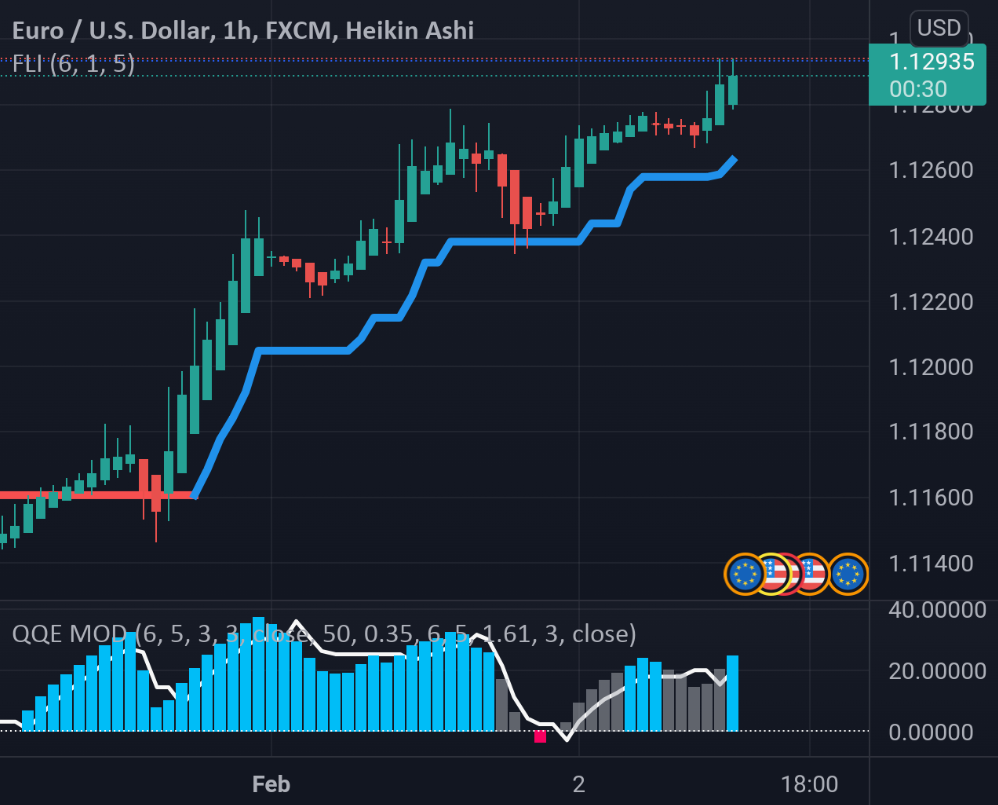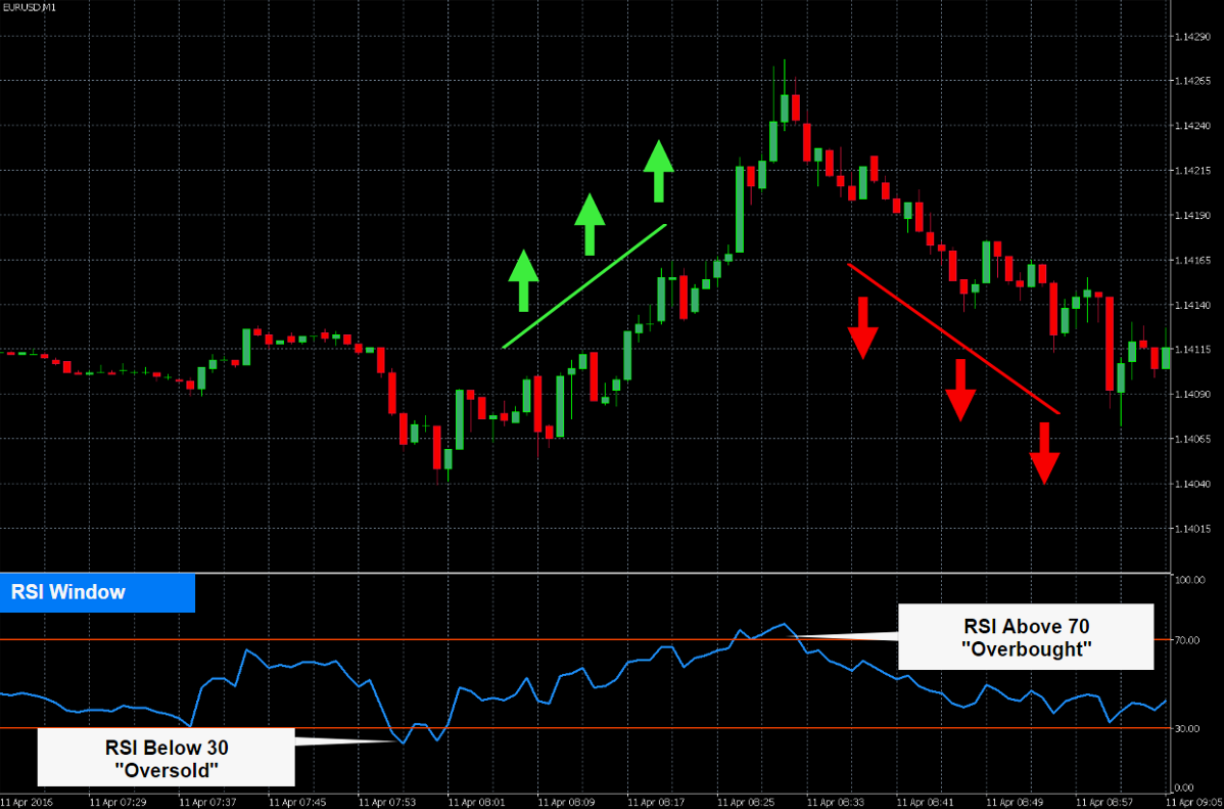How to create a successful forex trading plan
Foreign exchange trading success depends on preparation together with discipline rather than prediction abilities. A properly designed trading plan determines which currency pairs to trade and which strategy to use and sets risk limits for each trade and defines exit conditions. The plan provides clear direction while eliminating emotional influences from decision-making processes.
Through planning traders gain better capabilities to analyze their performance. The analysis of trades throughout time helps traders identify successful and unsuccessful strategies. The plan evolves into a dynamic document which receives improvements through experience and data analysis instead of emotional or hopeful changes.
What is a forex trading plan?
A forex trading plan functions as a detailed document that shows traders their market approach. The document contains specific guidelines for market entry and exit points as well as risk control methods and strategy choices and continuous assessment procedures. The guide functions as a decision-making tool which bases choices on predetermined logic instead of emotional responses to market fluctuations.
A trading strategy focuses exclusively on buy and sell decisions but a trading plan extends beyond these parameters. A trading plan includes trading objectives together with individual risk capacity and selected currency pairs and established daily or weekly operational procedures.
A trader implements trading decisions through the combination of moving averages and RSI technical indicators. The trading strategy provides specific criteria to identify entry signals. The trading plan extends beyond entry signals by including risk management rules and specifying trading times to London session hours and weekly performance assessment protocols.
Define your goals
Every effective forex trading plan starts by establishing specific goals. The defined goals serve as both structure and direction which enables traders to maintain focus while tracking their progress throughout time. The absence of measurable targets makes it challenging to determine whether trading activities match long-term objectives or risk tolerance.
A trader who wants to increase their $5,000 account by 20% annually serves as an example. The target monthly return stands at 1.5% based on this goal. The established goal helps traders determine their required weekly trade volume and acceptable risk-to-reward ratio and position capital allocation.
Separating short-term goals from long-term objectives represents an essential consideration. The short-term goal focuses on limiting weekly losses to 2% but the long-term objective targets six-month profitability with at least 55% win rate.
Choose a trading style
The selection of a trading style that matches availability, personality, and risk appetite helps set realistic expectations and promotes consistency. The selection of a plan based on the preferred trading style leads to better decision-making and time management.
Scalpers execute numerous trades in short periods to achieve small price movements. The trader needs to execute trades quickly during the London–New York overlap period which features high market liquidity. Scalpers gain advantages from MetaTrader data through low spreads and fast platforms yet they need to control transaction costs because they execute many trades.
The trading day serves as the timeframe for opening and closing all positions in day trading. A trader uses intraday momentum to purchase EUR/USD during the European session and then exits before the U.S. market closes. The trading style eliminates overnight market exposure because it requires daily market analysis and execution time of several hours.
Swing trading enables traders to profit from market price movements which span multiple days or weeks. The trading strategy involves making fewer trades while holding positions longer to enable comprehensive market analysis through moving averages and Fibonacci retracements.

Select your markets and instruments
The analysis of specific currency pairs along with their market behavior leads to more precise and efficient trading operations. The volatility levels and liquidity characteristics and correlation patterns of different forex pairs determine both strategy development and risk exposure.
The major currency pairs EUR/USD, USD/JPY and GBP/USD offer both high market liquidity and tight spread conditions. The data from the trading platforms demonstrates that these three pairs represent the dominant portion of worldwide foreign exchange trading volume. The high market liquidity enables traders to minimize slippage while improving their execution speed particularly during times of active market activity.
The trading volume of minor and exotic currency pairs including EUR/TRY and USD/ZAR remains low while their spreads remain wide. These financial instruments show significant price volatility because of political instability and restricted central bank disclosure practices. A trader who chooses AUD/JPY because of its risk-sensitive and commodity-related market behavior needs to monitor policy announcements from both the Reserve Bank of Australia and the Bank of Japan.

Create a trading strategy
The market identification of entry and exit points depends on specific rules which constitute a trading strategy. Technical or fundamental analysis together with risk control measures combine to create a system that traders can repeat. A defined strategy removes uncertainty from trading decisions while maintaining trader consistency through unpredictable market conditions.
The trading strategy relies on technical indicators which include moving averages and RSI. The trader will initiate long positions when the 50-period moving average surpasses the 200-period moving average while RSI remains under 70. The system includes two types of exit conditions which consist of a predetermined take-profit level or a candlestick pattern that signals a reversal.
The fundamental analysis approach requires traders to use economic releases including interest rate announcements and employment data in their strategies. The U.S. Nonfarm Payroll report creates short-term price volatility in USD currency pairs when markets react to its announcements.
Develop risk management rules
A trading plan requires risk management to protect account capital from significant losses that could occur from individual trades or their sequences. The implementation of defined risk exposure limits together with position sizing rules and loss tolerance boundaries helps traders achieve long-term sustainability.
The trading plan requires traders to risk 1% of their $10,000 account balance for each trade. The maximum loss amount reaches $100. The calculation of position size requires determining the number of standard lots needed to achieve a 50-pip stop-loss which equals $2 per pip.
All trading positions need their stop-loss and take-profit levels established before entering the market. A reward-to-risk ratio of 2:1 allows traders to earn $200 for every $100 they risk. The established structure enables traders to maintain profitability when their win rate falls below 50%. Traders who maintain positive reward-to-risk ratios achieve better results than those who depend solely on high win percentages.
Set a routine and trading schedule
A regular trading schedule helps traders avoid impulsive decisions by matching their market analysis with periods of high market liquidity and volatility. The forex market remains open throughout 24 hours but trading conditions vary between different market sessions.
The trading strategy focuses on EUR/USD as its primary currency pair. The London and New York sessions together create the most active trading periods because they overlap. The analytical data shows that these specific hours generate higher trading volume and tighter spreads which results in better trade execution and lower costs.
A daily trading routine should be established to start each trading session with preparation. The pre-market routine includes reviewing overnight market movements and checking for high-impact news and analyzing charts. The pre-market checklist requires traders to check their open positions and reevaluate support and resistance zones while ensuring no major news releases interfere with their entry plans.
A structured schedule establishes specific times when trading should be avoided. The price movements during the early Asian session and Sunday evening market open tend to be unpredictable because of low trading volume. Trading during these times should be avoided because it exposes traders to unpredictable market behavior and large spreads.
Create a record-keeping system
A detailed trading journal enables long-term performance evaluation through its ability to show past actions together with their outcomes and decision-making patterns. The recording of essential trade data including entry and exit prices and lot sizes and stop-loss and take-profit levels and results enables traders to identify their strengths and weaknesses.
The GBP/JPY trading strategy shows consistent underperformance during the Asian session according to the analysis. The journal provides this trend information which enables specific adjustments to be made. The lack of a structured logging system prevents traders from detecting recurring errors.
The combination of quantitative data with qualitative notes which include entry trade reasons and emotional states and unexpected events provides essential context. The documentation of unexpected central bank commentary failures during valid setups helps traders prevent unnecessary strategy modifications.
The process of reviewing a journal on a weekly or monthly basis enables traders to improve their strategy rules and risk parameters and eliminate preventable errors. Many disciplined long-term profitable traders maintain consistent journaling practices.
Conclusion
A structured forex trading plan serves as an essential framework which delivers consistent performance. The individual components of the plan work together to create a system which minimizes uncertainty while enabling logical and repeatable decision-making.
A trader who follows this plan uses defined entry signals and maintains a 2:1 reward-to-risk ratio and positions trades at 1% risk per trade. The established framework enables traders to minimize their exposure to risk while building a system to assess successful strategies and identify areas that require modification.
A trading plan helps traders remain objective when market conditions become volatile. A well-documented trading approach helps traders maintain discipline when central banks make unexpected policy changes instead of acting on impulse. Traders can prepare for upcoming events by consulting economic calendars from prominent online platforms offering real-time forex news, market analysis, and educational resources for traders.


